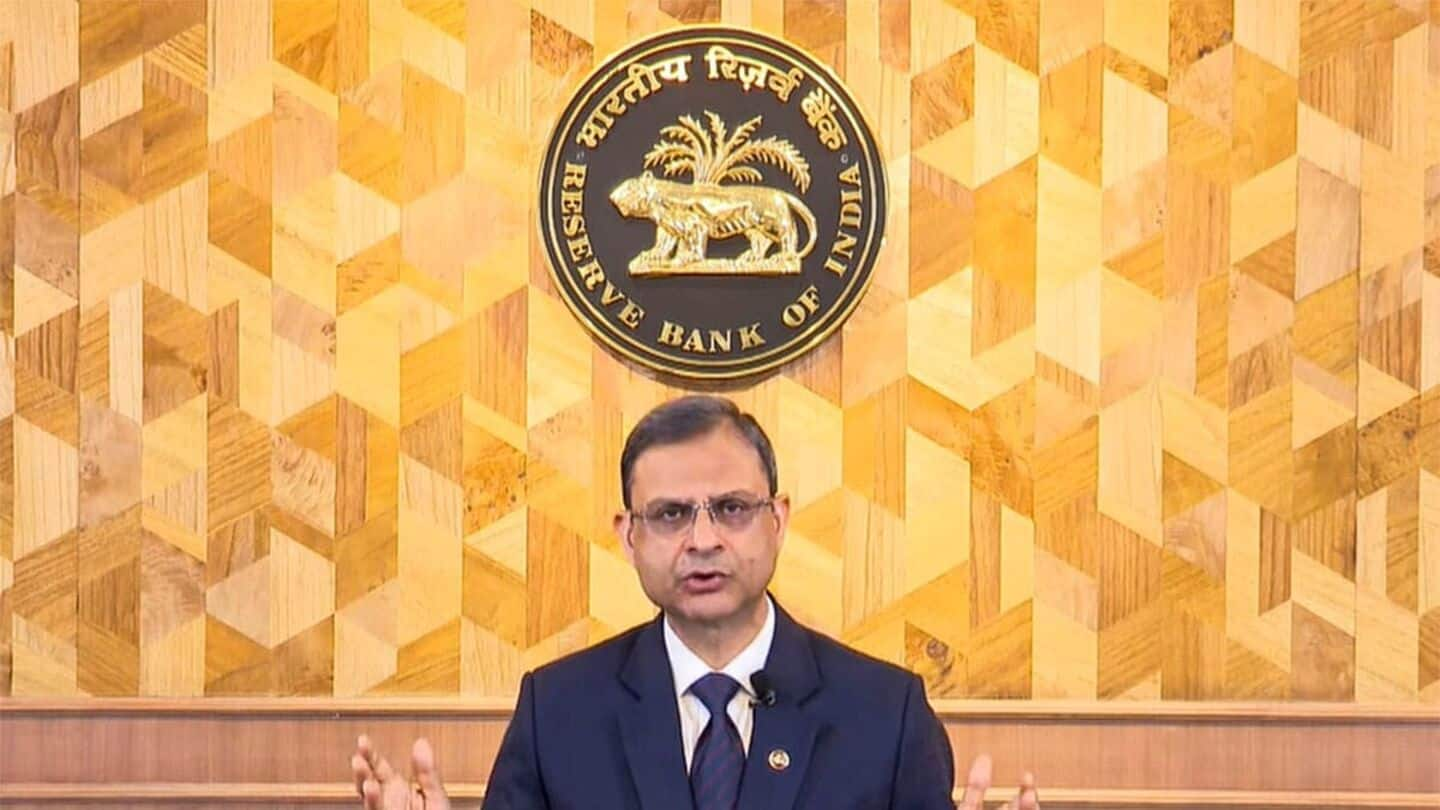
RBI changes policy stance from 'accommodative' to 'neutral'—What it means
What's the story
The Reserve Bank of India (RBI) has surprised everyone by slashing the repo rate by 50 basis points (bps) while changing its policy stance from 'accommodative' to 'neutral.' The decision was announced by RBI Governor Sanjay Malhotra during his post-MPC meeting speech on Friday. He said, "After having reduced the policy repo rate by 100 bps in quick succession since February 2025, under the current circumstances, monetary policy is left with very limited space to support growth."
Policy reversal
Departure from previous stance
The latest decision marks a departure from the RBI's previous stance. In its April 2025 meeting, the central bank had changed its monetary policy stance from 'neutral' to 'accommodative,' alongside a 25 bps cut in the repo rate. This brought down the rate to 6%. However, today's announcement indicates that RBI is now more cautious about future monetary policy decisions. Going forward, RBI will carefully assess incoming data and evolving outlook to chart out future course of monetary policy.
Rate adjustment
Third consecutive rate cut by RBI
The RBI today announced a 50 bps cut in its benchmark interest (repo) rate, marking the third consecutive rate cut by the central bank. The repo rate now stands at 5.5%, down from the previous 6%. This decision comes after two earlier cuts of 25 bps each in February and April this year.
Inflation outlook
Inflation forecast for FY25 revised down to 3.7%
The RBI has noted that inflation has come down sharply in the last six months, from above the tolerance band in October 2024 to below the 4% target. The central bank now expects inflation to slightly undershoot this year's target, with food and core inflation remaining low due to falling global commodity prices. Consequently, the inflation forecast for 2025 has been revised down from 4% to 3.7%.
Liquidity boost
CRR reduced by 100 bps
Along with the repo rate cut, the RBI has also reduced its Cash Reserve Ratio (CRR) by 100 bps. This move is expected to inject up to ₹2.5 lakh crore into the system and lower banks' funding costs. The decision comes as part of the central bank's efforts to stimulate domestic demand and investment amid global challenges affecting growth.